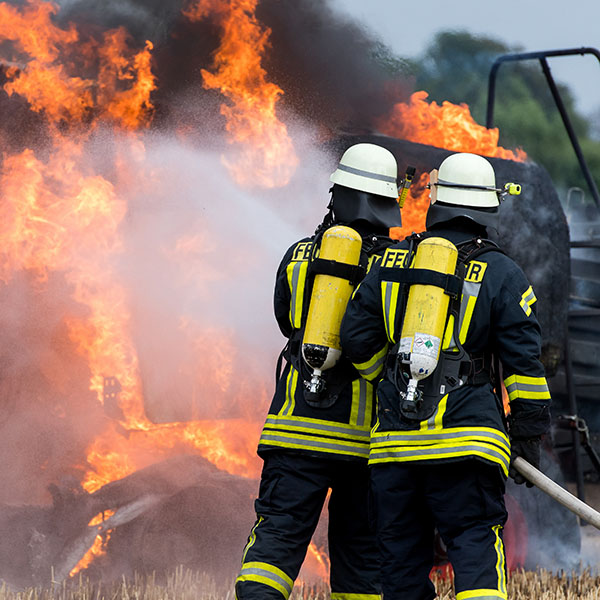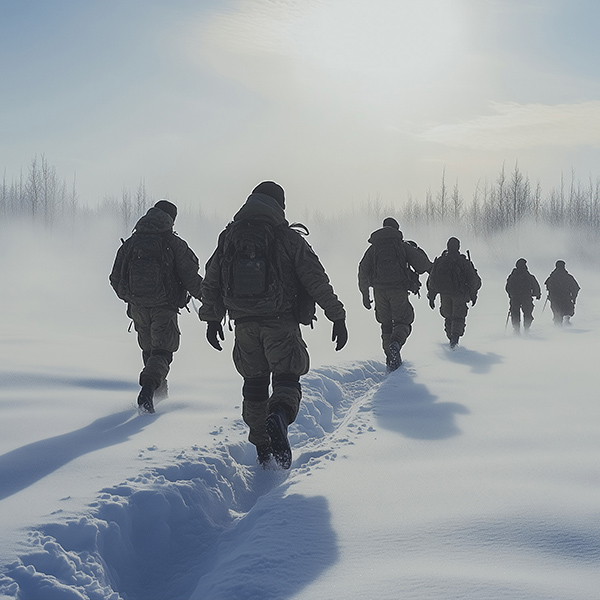Core body temperature is a key physiological indicator and this is equally relevant in professional environments. Firefighters, military personnel, divers, miners, and many other workers operate in extreme conditions that put their bodies under significant strain. These conditions challenge their effectiveness on the job and may pose serious risks to their health and safety.
The eCelsius Medical system enables reliable, precise and continuous core body temperature monitoring in all conditions. This allows for close surveillance of professionals exposed to extreme environments, helping to prevent associated risks and ensuring rapid and effective intervention when necessary.
As part of occupational health monitoring and tracking physiological responses becomes crucial in ensuring worker safety.

Preventing hyperthermia
Prolonged exposure to high temperatures in professional environments can lead to an increase in core body temperature beyond acceptable thresholds. This, in turn, negatively impacts both physical and cognitive performance. Beyond reduced productivity and efficiency, work-induced hyperthermia significantly increases the risk of errors and accidents.
Since thermoregulation capacity varies from person to person, not everyone is equally equipped to handle environmental stress, particularly in hot and humid conditions. By monitoring core body temperature and body temperature fluctuations, professionals can:
- Characterize individual physiological responses to heat stress,
- Ensure worker safety in real-time,
- Improve intervention and care strategies when needed.
Cold stress and hypothermia
Conversely, professionals working for extended periods in extreme cold environments face a significant risk of hypothermia.
When core body temperature drops below a certain threshold, it affects the body’s physiological functions and can lead to numerous consequences, such as decreased muscle coordination, slower reaction times, and impaired decision-making abilities.
There are considerable individual differences in the ability to withstand prolonged exposure to cold conditions. Continuous monitoring of core body temperature and its variations is therefore an essential tool for assessing an individual’s cold resistance capacity and identifying early signs of hypothermia. This helps ensure worker safety in real-world conditions and improves potential medical care if needed.

Incorporating occupational health monitoring and medical surveillance procedures into safety protocols ensures a proactive approach to protecting professionals operating in extreme environments.

